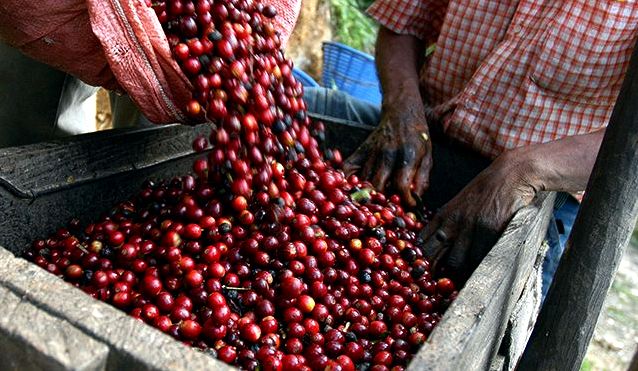In the Buenavista Coffee Plantation in Las Terrazas we’ll learn about slave coffee production established with the French 220 years back. Buenavista could be the only plantation built round the crest from the mountain.

Coffee grinding millstone.
In the perspective inside the San Juan River inside the Sierra del Rosario Hills, a beautiful natural bathing place famous for its sulphur springs, apparent, clean waters, and natural pools, a less happy story is told. We’ll identify the tough conditions in the slaves who labored here and abject lives they introduced from birth to dying. Herein we’ll tell this story vicariously within the good status for French coffee plantations in eastern Cuba. All of the photos proven originate from Buenavista in Pinar del Río province which you’ll want to visit inside your trip.

Restored entrance to plantation.
Cuba’s Ancient Coffee Plantations Eastern Cuba has a lot of ruins of French-Haitian coffee plantations established because territory inside the late 1700s as well as the early 1800s. There has been 100 farms inside the eastern province of Santiago de Cuba, a symbol of the time in which the wealthy white-colored-colored French slavers settled lower inside the island, getting their customs and culture. The plantations were established by white-colored-colored plantation bosses fleeing neighboring Haiti in 1789. They were avoiding Haiti’s revolution that brought towards the world’s first Black democracy, merely a couple of 50 maritime miles from Haiti.
Most coffee plantations are available in the zones of la Gran Piedra, El Cobre, Dos Palmas and Contramaestre. The plantations form part of the coffee belt inside the southeastern region of Cuba, the greatest Antillean island, and increased to become vital element in the region history and culture. Furthermore for the original outlines in the plantations, individuals places show live testimonies in the agro-industrial techniques employed by french exiles, as well as other customs and houses by getting an architectural style such as the ones they destroyed in Haiti before immigrating to Cuba.

Slaves drank from water bucket produced from tree bark.

Thatched barn that housed millstone.
These imprints of the past, declared Humankind’s Heritage by UNESCO, constitute, experts say, a genuine monument to hydraulic, road, domestic and funeral engineering also to the productive system, thus revealing the aid of their creators as well as the struggling with the slaves who toiled to create then labor within them. The help of french was supported having a wealthy cultural treasure, reflected inside the evolution of manifestations for instance literature, music, dance, religion and gastronomy, not only to eastern Cuba but furthermore in other areas of the islands, beyond the frontiers of Cuba. History enthusiasts can click the ruins of coffee plantations for instance Santa Sofía, an enormous exceeding 600 slaves, Kentucky and La Isabelica. The 2nd, which architecture is at a perfect condition of conservation, houses a museum of ethnography.
That property, based in the heights of la Gran Piedra, pertains to the legend from the French settler who fell crazy about a beautiful slave named Isabelica, he eventually married. The ruins of French-Haitian coffee plantations embody a heritage brought towards the island’s wealthy combination of many cultures and colors.
Today Cuban coffee is grown on collective farms owned and control by all who work upon them – white-colored-colored and black. Their technique is grown organically and considered among the most effective in the world.

Modern visitors practice milling. Formerly slaves performed this function from starting to dusk.
Resourse: http://authenticcuba.com/
